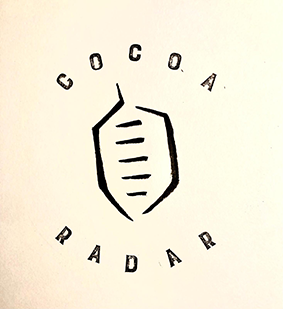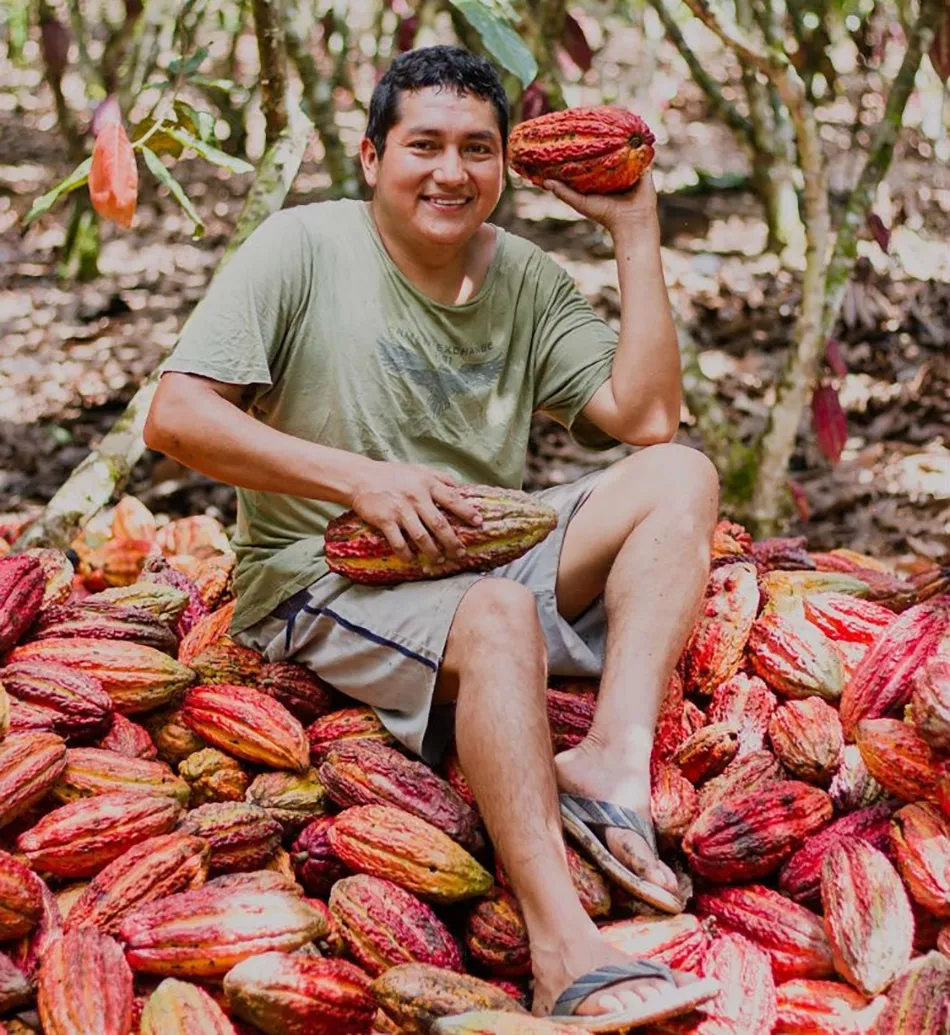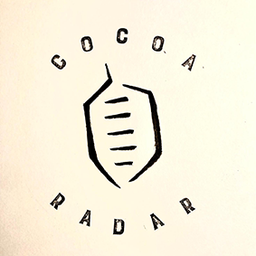The country’s overall cocoa production in 2023 was over 166,000 metric tons. According to the latest figures released at the end of October, revenue of just over $600 million is in bean exports, and approximately $400 million is in value-added exports (butter, powder, chocolate, and liquor/paste).
Peru also exported almost 10,000 tons of chocolate worth $70 million last year, a new development for the country.
“To think that in the year 2000, we barely exported $16million of cocoa, and we had no more than 10,000 hectares of trees planted, said José Yturrios, director, División de Agricultura Sostenible y Cambio Climático. “Today we exceed 230,000 hectares, and we are almost at 170,000 tons,”
Fine-aroma cacao
Peruvian cocoa production is expected to reach approximately 178,500 metric tons by 2026, up 2.9% annually from 2021's 149,950 metric tons. In the past 60 years, output has grown an average of 6.8% per year, and Peru was ranked the eighth largest cocoa producer in 2022. The ICCO classifies 75% of its cocoa beans as fine-aroma cacao, accounting for 36% of its exports.
Yturrios said the investment from organisations, including DEVIDA, USAID and European Cooperation, involving around 100,000 cocoa farmers in San Martín, Huánuco and Ucayali regions, has largely been repaid.
“Anyone who says alternative development programmes have not worked should look at these numbers. Congratulations to the small farmers, first of all, without whom there would be no raw material to export and process.
“It is also an achievement of the mostly Peruvian exporting and processing companies.”
Peru has an industrial processing capacity of approximately 86,000 tons of cocoa beans annually, allowing it to export products with high added value, mainly cocoa butter.
“There is still much to be done. This is a sector that contributes a lot to the development of the country. Every dollar that enters the country from the export of cocoa and its derivatives helps import capital goods and inputs that the country needs for its growth and the generation of new employment,” said Yturrios.
More support for cocoa farmers
He told cocoaradar.com that he hopes the news will help channel more support to smallholder farmers who need help with technical assistance, access to credit, access to new carbon credit markets, or payment for environmental services.
“Let us remember that without farmers, there is no cocoa,” he said.
Surge in price for cocoa
The recent surge of cocoa prices on the open market also fuels Peru’s export growth. Its farmers can now earn roughly $487 per 62.5kg sack of beans, almost double the amount paid to producers 12 months ago.
The Peruvian government said it is working with the private sector and civil society to ensure that small-scale producers aren't negatively impacted by the new European Union Deforestation Regulation (EUDR), which was due to be implemented at the end of this year but now looks like being delayed until the end of 2025.



